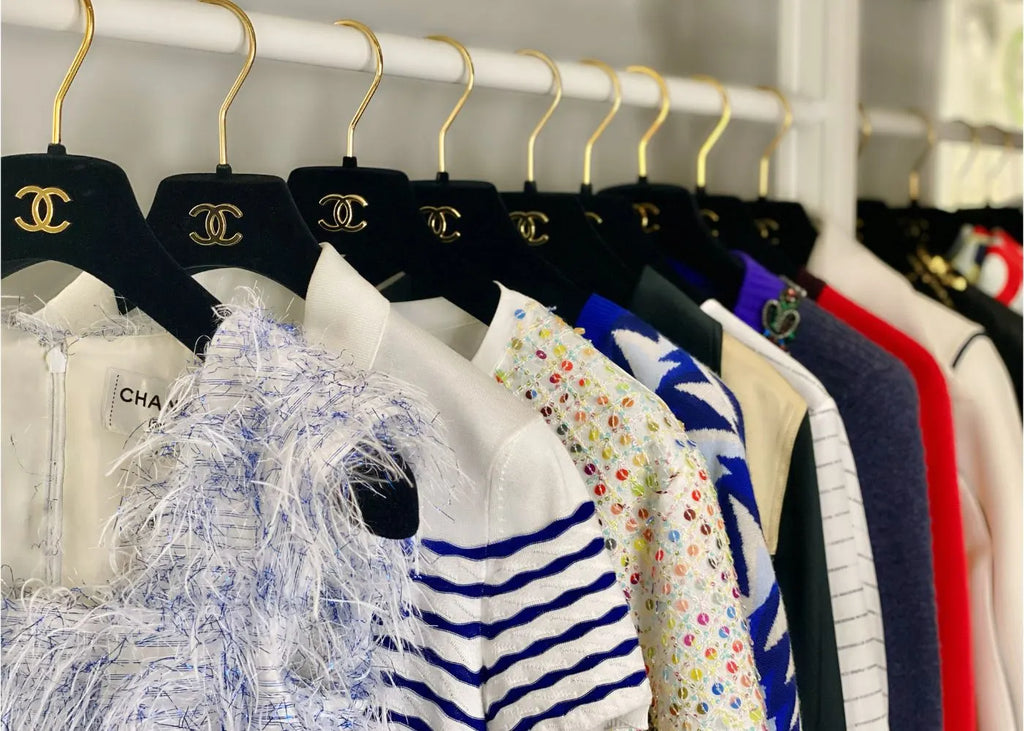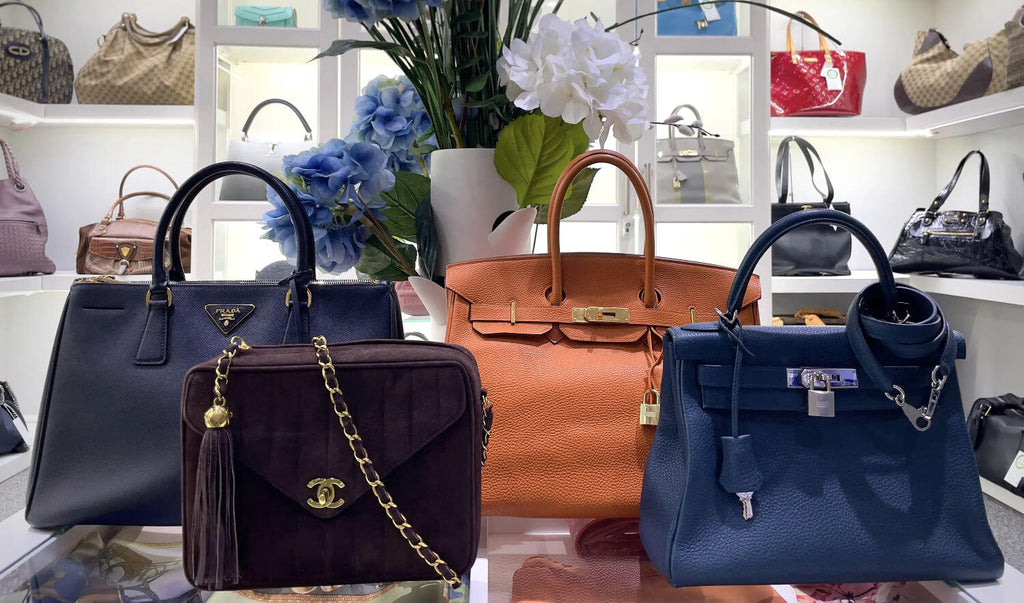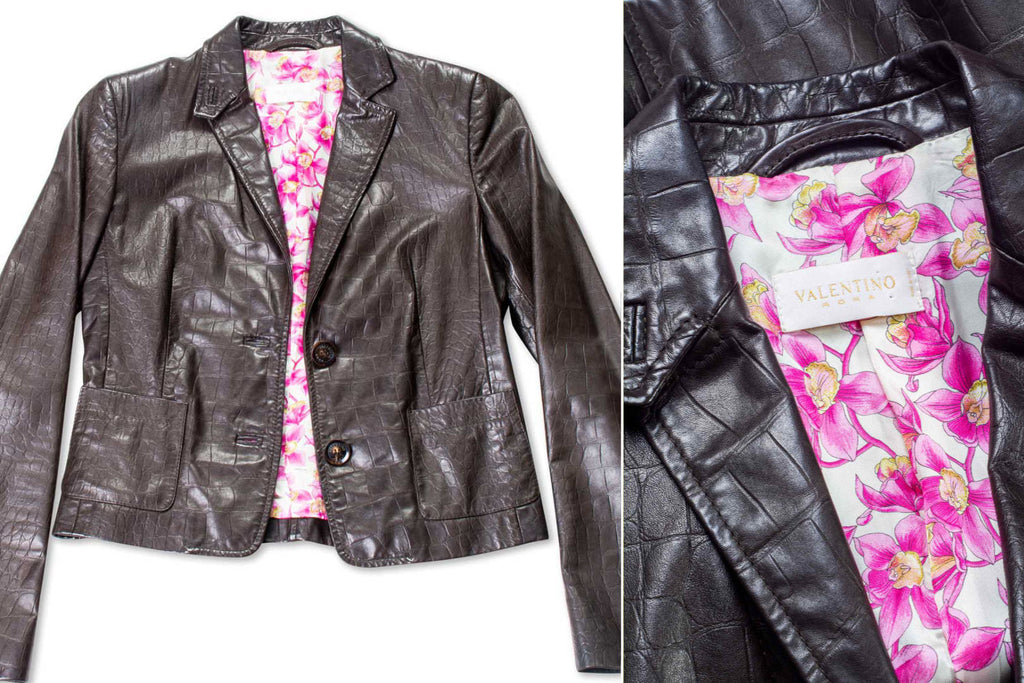CODOGIRL Journal
A Day in the Life of a Fast Fashion Worker
By CODO Fashion Experts
That cute top or pair of jeans you can buy for $20 has a serious impact on the environment. In fact, creating that pair of denim jeans releases as much carbon dioxide as driving a car 50 miles. Now imagine the environmental impact of producing millions of these pairs of jeans, not to mention all other garments produced by fast fashion factories.
However, something we don’t hear about often enough is the hidden human cost of fast fashion. That pair of jeans was likely produced in a desolate factory, in a third world country by a young woman (likely even a child). That garment worker who made your jeans is making next to nothing, working inhumanely long hours, and is subject to frequent gendered abuse and rampant sexual violence, with no way to fight back. And it’s not just one worker: the fashion industry employs tens of millions worldwide, and 80% of fast fashion factory workers are women.
How is this happening in 2020?
Large fast fashion retailers are not the ones directly forcing impoverished garment laborers to work in these atrocious conditions. The real reason behind garment workers’ suffering is the globalized economy separating the decision making, price points and advertising of a company from its outsourced production processes.
Fast fashion companies are not technically affiliated with their factories. They don’t own them, and oftentimes have no contact with their production methods. Rather, fast fashion companies contract their production to middleman supplier companies offshore, and these suppliers then subcontract production to factories that have no authorization from nor affiliation with the fast fashion corporations. Therefore, fast fashion brands have no legal obligation to uphold basic human rights and decent working conditions in these factories. Call it blissful ignorance from fast fashion brands, but this supply chain has serious consequences for the people working in fast fashion labor conditions.
Pictured: The 2013 Rana Plaza factory collapse which injured over 2,500 and killed over 1,100 garment workers in a fast fashion factory. 80% of the casualties were women, mostly aged 18-20 working for around 22 cents per hour.
Why are women disproportionately affected?
The reason most fast fashion workers are women is because of the lack of opportunity in their countries, as well as the patriarchal societies in which they live. According to Gisela Burckhardt, director of FEMNET, an NGO fighting for women’s rights in Asia’s garment industry, the fast fashion factories primarily seek to hire women because they are seen as more docile and unwilling to organize or fight for better conditions and wages. And because the fast fashion companies want to sell their clothing for cheap prices, the only way the production factories can maintain the bottom line is by paying the workers less, making them work inhumanely long hours, and setting unrealistically high production quotes. Whereas the management is mostly male, the majority female workers have little say in their working conditions, hours or wages, and any reluctance or inability to meet ridiculous quotas results in shouting, violence and rampant abuse.
Pictured: women working in desolate conditions in a textile factory in Bangladesh.
Forced and Child Labor:
The International Labor Organization (ILO) estimates that of the 260 million children employed worldwide, 170 million children are engaged in what is known as “child labor”, defined by the UN as “work for which the child is either too young – work done below the required minimum age – or work which, because of its detrimental nature or conditions, is altogether considered unacceptable for children and is prohibited.” Child labor is particularly rampant in the fast fashion supply chain, where children work in slave-like conditions to satisfy consumer demand in developed countries.
Child labor does not only occur in desolate garment factories, but also on a large scale in the cotton industry, which supplies fast fashion factories. In fact, in countries like China, Uzbekistan, Tajikistan and Kyrgyzstan, governments actually sanction the removal of children from their schools and colleges to harvest the annual cotton crop. Throughout the cotton growing and harvesting process, children are constantly exposed to hazardous working conditions. They have to spray toxic fertilizers and pesticides, harvest and carry heavy loads of cotton by hand, inhale cotton dust in cotton ginning factories and reports show that child labor is being exploited in the manufacturing of clothing using cotton.
Pictured: Child laborers picking cotton by hand in Uzbekistan, a dangerous job that also prevents young children from receiving an adequate education. Children often work in extremely hot temperatures for up to 12 hours per day for less than a dollar per hour.
What can be done about it?
Many factors and conditions are responsible for the exploitation of labor in developing countries, and one could argue that these conditions would exist without fast fashion companies taking advantage. However, the fast fashion supply chain method only makes these existing problems worse, and entrenches them even further for impoverished laborers. Fast fashion creates the demand for incredibly cheap, borderline slave labor in third world countries and turns a blind eye to the consequences.
What can we do about it? Fast fashion creates the demand for cheap labor, however we are the ones who create demand for fast fashion. The only way to fight back is by promoting the slow fashion movement and eliminating the mass fashion consumption mentality. That means wearing and keeping your fashion longer, buying higher quality items that will last longer, buying pre-owned fashion and repairing or refashioning your dated garments. Instead of buying multiple throwaways, for the same money you can buy one pre-owned luxury item that you will keep and love for years. The difference in carbon footprint and clothing waste, especially over time and if thousands, or even millions of people do it, will be significant enough to disrupt the fast fashion industry.
Other Publications






